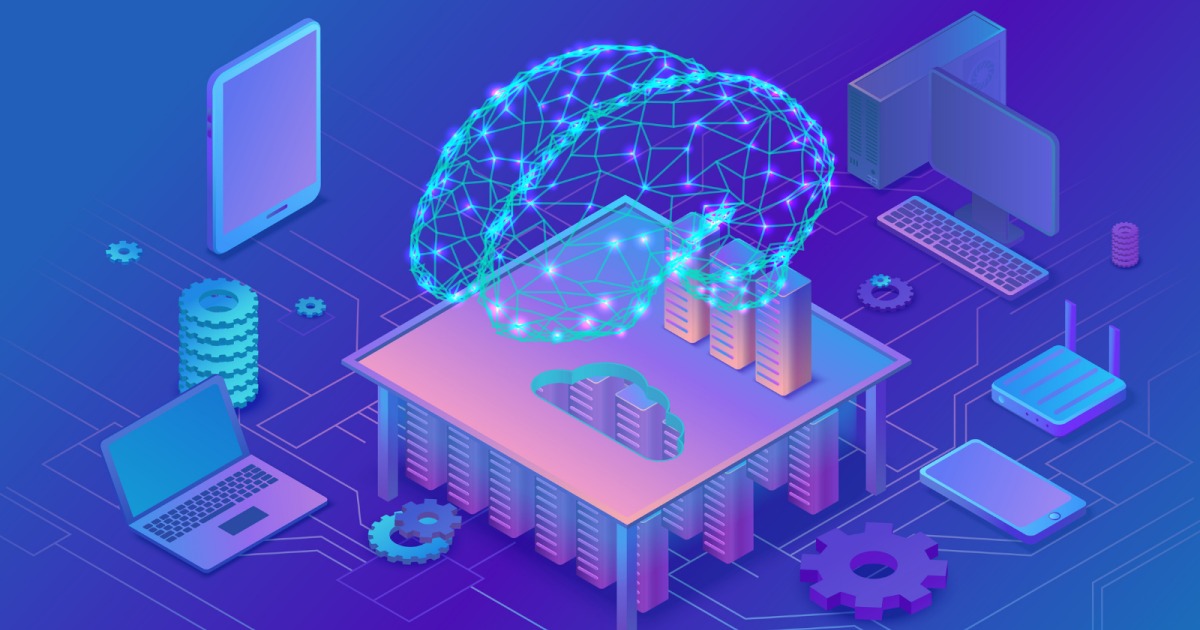Artificial intelligence (AI) is set to revolutionize the healthcare payer landscape since it is a driving force behind the digital transformation in the healthcare industry. AI has several advantages, from simplifying administrative work to enhancing fraud detection and care coordination. It has the potential to streamline processes, cut expenses, and improve patient care in the long run. This detailed investigation explores how AI can potentially transform healthcare payer solutions in the future, improving workflow and patient care.
The Evolving Role of Healthcare Payers
Healthcare payers are vital to the funding and administration of healthcare delivery. These include insurance companies and government-sponsored programs. However, they encounter specific difficulties, such as:
- Rising healthcare prices: The rising cost of healthcare puts pressure on payer budgets.
- Administrative inefficiencies: Manual procedures for processing claims, obtaining prior authorization, and communicating with members are time-consuming and prone to error.
- Fraud and abuse: Healthcare fraud is a severe issue as it costs payers billions of dollars yearly.
- Member satisfaction: Increasing member satisfaction with healthcare plans is essential to retention.
Artificial Intelligence: A Powerful Tool for Payers
AI has the potential to directly tackle healthcare payer software issues and enable them to function more effectively and efficiently. Many risk adjustment companies use artificial intelligence (AI) to minimize their efforts and costs. The following are some significant ways AI is changing payer solutions for healthcare:
- Automated Claims Processing: AI-powered solutions can automate a large percentage of the claims processing workflow. AI can extract data from medical records and spot potential problems. Using natural language processing (NLP) and machine learning (ML) can also decide claims far more quickly than manual processes. Payers’ cash flow is improved, and administrative expenses are decreased.
- Enhanced Fraud Detection: Artificial intelligence algorithms are skilled at spotting trends and abnormalities that could point to fraud. AI can indicate any fraud efforts for more investigation. It can evaluate past data and recognize suspect claims based on predetermined criteria, potentially saving payers substantial money.
- Predictive analytics and risk management: AI can analyze enormous volumes of medical data to forecast a member’s future health risks and resource usage. This enables payers to proactively handle high-risk patients’ treatment, possibly preventing expensive problems and hospital stays.
- Personalized Member Engagement: AI-driven chatbots can offer members round-the-clock customer service by responding to health plan alternatives, perks, and claim status inquiries. AI can also be used to modify member outreach and education materials while encouraging healthy lifestyle choices and preventive care.
- Simplified Prior Authorization: AI is capable of automating prior authorization choices for particular treatments by analyzing patient data and medical guidelines. This guarantees patients quicker access to care and decreases the administrative load on payers and providers.
- Better Care Coordination: AI can help patients, payers, and providers communicate and work together. By evaluating patient data, AI can find care coordination opportunities, such as ensuring patients receive the proper follow-up care after being hospitalized.
- Increasing Accuracy and Efficiency: AI-driven technology can reduce operational costs and human error by automating repetitive processes like client inquiries and claims processing. Machine learning algorithms improve with time, gaining knowledge from every contact to increase the speed and accuracy of claims adjudication. This lowers administrative overhead and expedites provider reimbursement.
- Personalized Healthcare Plans: AI-enabled healthcare payer software can provide individualized healthcare plans based on each patient’s unique health profile, lifestyle preferences, and risk factors. Artificial Intelligence can assist in creating personalized wellness programs that promote healthy habits and improve the management of chronic illnesses. Additionally, it increases patient involvement by evaluating data from several sources, including wearable technology and Electronic Health Records (EHRs).
Risk Adjustment Barriers and Solutions
Risk adjustment is a complex procedure that requires considering various data sources and patient information. Due to this complexity, it presents tremendous issues when applied to millions of patients. CMS and health insurance companies have historically used various techniques for risk adjustment, such as zip code analysis and algorithmic population risk assessment. However, this method still frequently involves manual processes with human oversight. Physicians and nurses must go through thousands of medical records to locate the information they seek. Furthermore, it is a laborious, time-consuming, and error-prone process.
In this domain, artificial intelligence presents potent remedies that have the potential to optimize the risk adjustment procedure. AI-driven algorithms can swiftly and precisely find related information in medical data, saving people from looking for a needle in a haystack. By automating the review process, AI can limit the chance of errors and remove or reduce the workload for human reviewers.
AI can be trained to identify particular data points in large datasets. For instance, AI could quickly and easily locate the appropriate pulmonary function test result with a single click. This would save hours of page-turning while attempting to determine whether the results match recorded comorbidities or risk codes. An artificial intelligence tool might also quickly point up evidence and provide various solutions.
AI Challenges and Considerations
Healthcare payers can benefit significantly from AI, but there are certain drawbacks as well, such as:
- Data security and privacy: Access to and analysis of patient data are essential for the widespread application of AI. Strict laws and robust security protocols are necessary to guarantee data security and privacy.
- Transparency and Explainability: Since AI algorithms can be complicated, it might be challenging to comprehend how they make particular conclusions. Payers must prioritize openness when using AI, ensuring that choices are just and understandable to patients and providers.
- Integration and Interoperability: Integrating AI solutions into the current healthcare IT infrastructure can be challenging. Payers must provide system compatibility to maximize data flow and prevent inaccurate information.
Wrapping Up
Increasing risk adjustment accuracy and efficiency is a significant task that can be achieved with the appropriate resources and collaborators. Risk adjustment companies that embrace AI-driven solutions and work with subject matter experts may revolutionize their operations and increase the likelihood of achieving cost savings and improved patient outcomes.Furthermore, the use of AI in healthcare payer solutions is still in its beginning, but there is no denying its potential advantages. AI technology has the potential to completely change the healthcare payer environment as it develops and solves current problems. By strategically implementing AI, payers may significantly improve member experience, operational efficiency, and overall healthcare delivery.
You May Also Like: The Benefits of Installing Vertical PV Panels on Your Home



